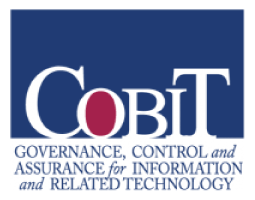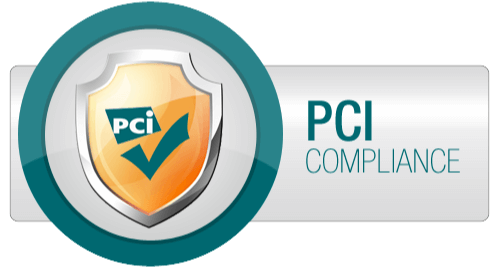Returning to school can present difficulties and can be exciting at the same time. Students enter new schools, meet new teachers and parents, and learn new rules, regardless of grade level. It is daunting for everyone. But teachers can make going back to school easier for students.
Here are three good tips for teachers going back to school:
- Think good things about students and families – set the tone. The new year is hard on them too. They want to help their kid but get busy. Make it easy for them to join in at school.
- Talk out any problems that come up. Stay calm. Listen to what parents think. Focus on helping the student.
- Get parents into the mix early and a lot. Build relationships. Call, email, text – whatever works. Send notes in their language. Ask what they want for their child.
Working together takes some effort but it really pays off. Students see that parents, teachers and staff care about them. So be patient and understand each other. That’s how you put the student first.
However, these three teaching tips expand beyond just the first days of school. Teachers can make the back-to-school transition easier for students as routines are established.
Here are the three detailed and helpful back to school tips for teachers:
1. Presume Positive Intentions
The back-to-school transition is a major life event for families, not just students. Parents feel excited thinking about what their child could learn and do, and the growth and potential. But they also may worry about them making new friends or keeping up in class; how will their kid adjust or struggle with new academic or social demands?
Saying goodbye on the very first day of school can bring up many complex emotions, including feeling overwhelmed. The first day can make parents feel sadness over letting go, anxious about new routines or teachers, and also hopeful for the year ahead.
At the same time, parents really want to stay involved in helping their child learn and grow all year. But their busy schedules, work hours, and other life stresses make it hard to be at school a lot or commit additional time. Schools need to work together to make it easier for families to join in.
Building an inviting culture where parents feel their engagement is valued and easy to do produces positive results. More family participation means more reinforcement of lessons at home, more volunteers and resources for school programs, and an overall climate of teamwork. When parents feel welcomed, more collaborative results are positive.
Teachers should know parents share the end goal of wanting good things and the best for their child’s growth and learning – academically, socially, and emotionally. If parents feel worried, it likely stems from past bumps in the road. Negative experiences with school staff or trouble communicating can leave bad impressions and make them lose trust. Also, translation difficulties or cultural disconnects can also prevent clear understanding.
Resetting the relationship requires empathy, active listening, and understanding where the parent is coming from. Simply providing a space for families to share their hopes for their son or daughter’s future goes a long way. And when appropriate, having the student voice their own dreams to teachers and parents is great, as well. This reminds everyone that they share the same goals for the student. And kids telling their dreams to the adults also unites the team.
2. Address Conflicts and Disagreements
It’s normal for some disagreements to happen when a team works together. The IEP has legal protections, so students, families, and school staff all get fair treatment. But before pursuing formal conflict resolution or going to court, team members should try to work it out.
For example, a mutually agreed upon mediator can listen to all perspectives and provide clarity on the issue. The student’s best interests should stay the main focus.
Sometimes that means parents or teachers need to look at things differently. Putting aside egos or old baggage allows the team to see new answers. With open and respectful communication, the team can handle bumps and stay united on common goals.
3. Involve Early and Often
The Individualized Education Program (IEP) is an ongoing process, not a one-time event (just as Chief Justice Robert’s statement noted that the IEP is not a form). At the start of school, the team should work together to find the best ways to get all members, including parents, involved all year long. Clear communication and contacting parents should be priority, including providing language interpretation and multiple ways for connecting (email, phone, text).
An IEP is not a form.
Chief Justice Roberts Share this
If parents can’t make meetings in person, they can call in or video chat to join the talk. Providing clear agendas and notes after meetings keeps families informed. Translating materials into home languages demonstrates cultural awareness and removes barriers to participation. Taking time to understand families’ priorities rather than making assumptions leads to more meaningful involvement.
Schools need to solicit parent opinions, share student successes, and partner with them to support student learning and development. IEP team members have major influence on the student’s future. It is critical that everyone works together toward shared goals and the most positive outcomes for the student.
How Teachers Get Set for the New Year
These three helpful back-to-school tips for educators highlight easy ways teachers get ready for back to school. IEP teams can make helpful relationships by:
- Thinking everyone wants the best
- Talking through problems in a good way
- Getting all members in early and a lot
This keeps the focus on helping the student. When teachers, family members, and other staff work together in good faith, they model teamwork and compassion for students.
New school years mean big changes for students and families. But small work by teachers goes far. While disagreements may occur, maintaining open and respectful communication reminds everyone that they share common set goals.
Each member of the IEP team has an important perspective to contribute. By valuing diverse viewpoints and focusing on solutions, teams lay the foundation for an inclusive and supportive learning environment. With patience and dedication, they can overcome obstacles and help every student thrive.
When parents, staff, and teachers unite behind helping the student, they can conquer bumps. Every nice effort creates a caring place where all can succeed. Getting ready means looking inward too – focusing on patience and wellness for all. What’s planted on day one shapes how the year will grow!










